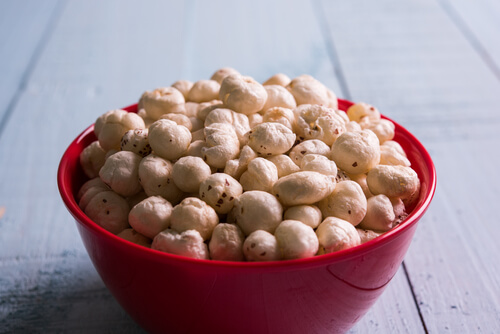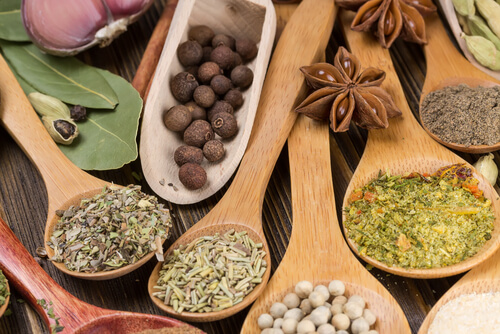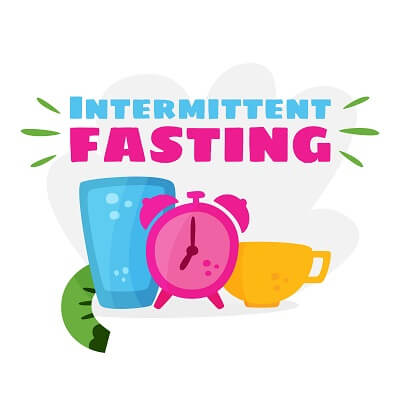Rheumatoid arthritis (RA) is a very debilitating autoimmune disease that inflames your joints and causes your joints and body to experience damage and pain. Joints affected by rheumatoid arthritis experience a bit of a strange physiological phenomenon; when you have pain in one joint, the opposite corresponding joint will experience the same pain. Other forms of arthritis, such as osteoarthritis don’t function this way.
There are lots of ways to treat rheumatoid arthritis. Most of the treatment methods are some type of prescribed medication. But medications tend to have side effects and can even complicate other issues that you were previously unware of. Instead of using a lot of medication to treat your arthritis, it is better to adjust your diet. You can use your diet to treat the symptoms and even causes of rheumatoid arthritis, especially the inflammation. Read on to learn more about how you can affect your rheumatoid arthritis with your diet.
Rheumatoid Arthritis Symptoms
The rheumatoid arthritis diet works best to treat rheumatoid arthritis. Therefore, you should make sure you actually have RA before committing to the diet. Some of the more obvious and common symptoms of RA are:
- joint pain
- joint swelling
- joint stiffness
- loss of joint function
Just knowing the symptoms isn’t enough most times, as RA still has symptoms that are similar to other forms of arthritis. Make sure to verify with your doctor before starting the diet.
The Rheumatoid Arthritis Diet
The RA diet is essentially an anti-inflammatory diet, that is meant to provide some relief from the symptoms caused by RA. It focuses on eating particular foods that have anti-inflammatory properties:
Foods rich in omega-3 fatty acids:
- fatty fishes, including salmon, tuna, herring, and mackerel
- chia seeds
- flax seeds
- walnuts
Antioxidants that come from vitamins also have anti-inflammation properties:
- berries, such as blueberries, cranberries, goji berries, and strawberries
- dark chocolate
- spinach
- kidney beans
- pecans
- artichokes








